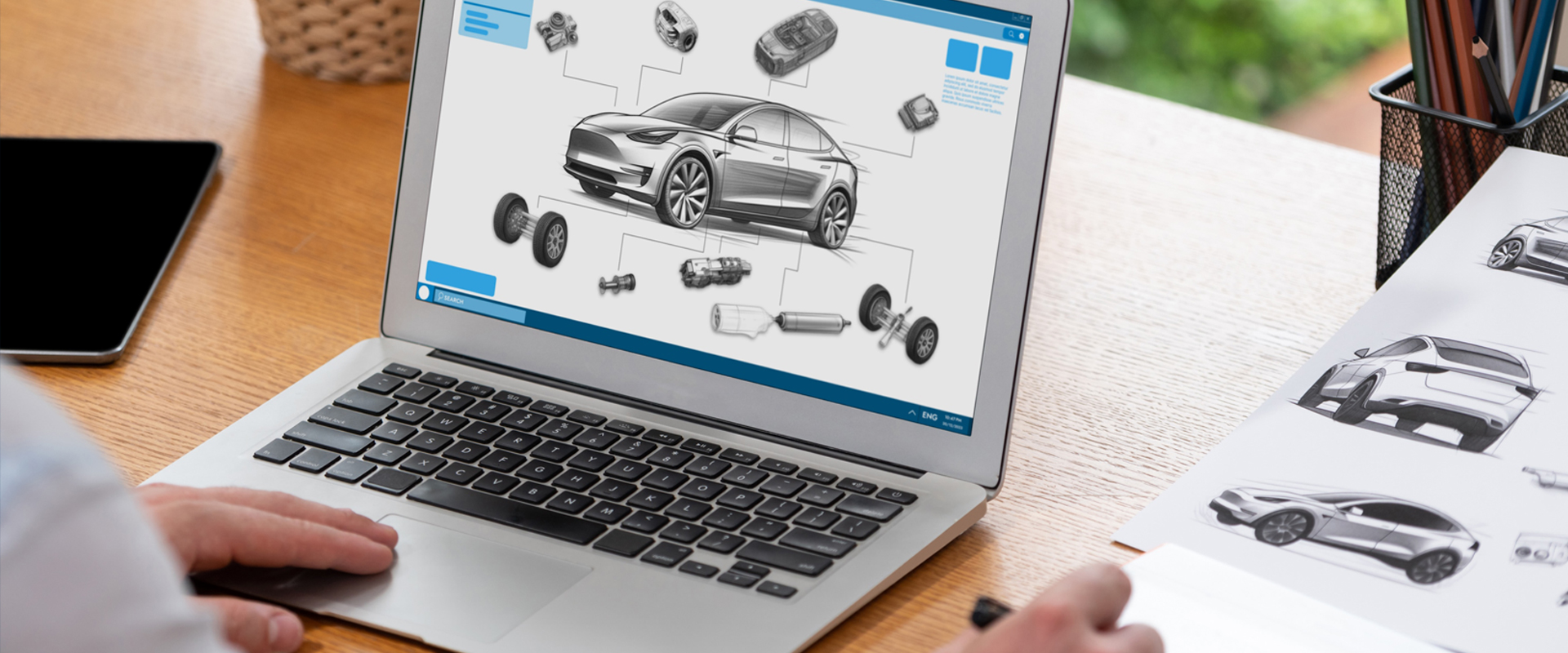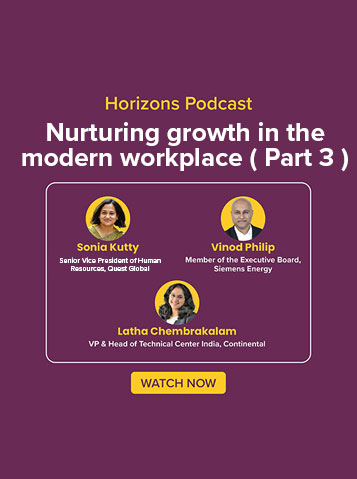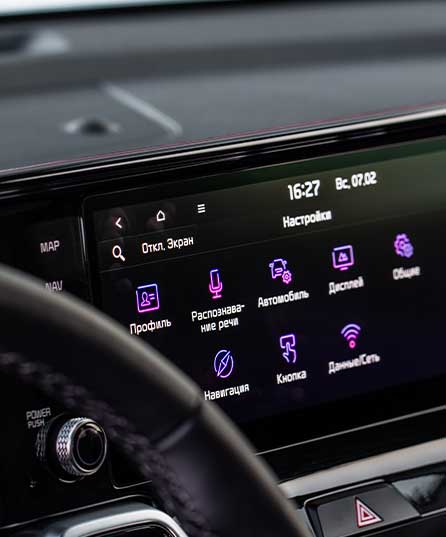
Executive summary
When Tesla pushed its first over-the-air update that increased vehicle acceleration overnight, it fundamentally changed what customers expect from their cars. That moment revealed a truth many traditional OEMs are still grappling with today – automotive software has become the primary battleground for differentiation, customer loyalty, and sustained profitability in Software-Defined Vehicles (SDVs). Global customers demand in-vehicle experiences that feel authentically local while expecting the digital sophistication they have grown accustomed to in their smartphones. A navigation system optimized for German autobahns requires different approaches when deployed in India’s rapidly expanding urban corridors.
The companies winning this new game have discovered that software sovereignty and software localization aren’t separate strategic initiatives. They are two sides of the same competitive advantage, each amplifying the other’s impact. Tesla’s success stems partly from controlling its software destiny, but Chinese OEMs like NIO and BYD are proving that rapid, localized innovation can challenge even the most sophisticated global platforms. The future belongs to OEMs who can master both the technology of software-defined vehicles and the nuanced art of making those vehicles feel native to each market they serve.
Industry Insight: Automotive SW and E/E will grow at a rate of ~7 percent p.a. from a total market size of ~USD 238 billion to ~USD 469 billion. Increasing software complexity and broader deployment of vehicle platforms to underpin growth of software market until 2030.
— Automotive software and electronics 2030, McKinsey
The imperative of software sovereignty
Beyond feature development to strategic control
Software sovereignty goes far beyond features. Control over software architecture, user experience, and data flows determines an OEM’s ability to respond to market changes, introduce new business models, and maintain customer relationships throughout the vehicle lifecycle. Tesla exemplifies this approach through its vertically integrated software stack that enables rapid iteration and direct customer engagement through quarterly updates. This transforms the traditional automotive transaction from a one-time purchase to an ongoing relationship with recurring revenue opportunities.
Traditional OEMs relying on Tier 1 suppliers face structural disadvantages. Each modification requires extensive vendor coordination and lengthy approval processes, creating innovation cycles measured in years rather than months.
Industry Insight: By 2030, 81% of the vehicles in an OEM’s fleet will be defined by software and future-proofed E/E architectures, such as centralized, zonal, and domain-oriented E/E architectures are expected to take center stage.
— Software-defined vehicles, Global manufacturer readiness study 2024, Deloitte
The new competitive paradigm in software-defined vehicles
Chinese OEMs like NIO, BYD, and Xpeng have emerged as catalysts, embracing technology company methodologies and releasing major software updates every three to four months rather than annually. This rapid iteration stems from maintaining strict control over core automotive platform ecosystems while leveraging partnerships for specialized components.
Chinese OEMs are expanding globally with connected vehicles that offer software experiences comparable to premium brands at significantly lower price points.
Their continuously improving digital experiences create customer expectations that traditional OEMs struggle to meet. European and American OEMs now recognize that software sovereignty is existential. Volkswagen’s CARIAD investment, Mercedes-Benz’s MB.OS development and General Motors’ Ultifi platform represent efforts to regain control over software development and user experience.
The revenue model transformation
Software sovereignty enables entirely new revenue models that transform vehicles from depreciating assets to value-generating platforms. Mercedes-Benz’s target of generating over $1 billion from software subscriptions demonstrates this potential through subscription-based features, including enhanced acceleration, advanced driver assistance capabilities, and premium infotainment services. The subscription model’s success depends critically on software sovereignty. OEMs must control the underlying platform to implement feature toggles, manage user accounts, process payments, and ensure security.
Connected vehicles generate vast amounts of data about driving patterns, route preferences, and user behavior. This information holds significant value for insurance companies, urban planners, retail businesses, and infrastructure providers. To fully unlock this value, OEMs need direct access to the data, which is only achievable through owned software platforms.
The SDV value loop advantage
Software sovereignty becomes even more powerful when combined with localization in the SDV value loop. After-sales and post-delivery service interactions create continuous feedback loops that inform both product development and market-specific adaptations. Fleet management analytics reveal that ADAS features are adopted more rapidly in European markets compared to emerging economies, where infrastructure limitations affect performance. Usage pattern insights become particularly valuable when localized. Understanding how regenerative braking is used in mountainous regions versus flat terrain enables targeted software optimizations.
The aftermarket ecosystem multiplies these opportunities through localized partnerships. Federated calibration allows OEMs to tailor vehicle software performance based on aggregated learning from customer segments without centralized data sharing, addressing privacy concerns that vary by market. Predictive warranty analytics become more accurate when localized, as failure patterns often correlate with local climate conditions and maintenance practices. Insurance risk scoring through usage-based models requires deep understanding of local driving behaviors and regulatory frameworks.
These localized data products create new revenue streams. Function usage analytics provide feature engagement breakdowns by geography, helping OEMs understand which capabilities drive satisfaction in different markets. Connected vehicle telematics APIs enable partnerships with local insurers, service providers, and mobility platforms. Warranty heatmaps reveal defect density patterns specific to regional conditions, while update logs help identify cultural variations in feature adoption.
Software localization as competitive differentiation
Beyond translation to cultural and technical adaptation
While vehicles are sold worldwide, the software experiences that define customer satisfaction are intensely local. Language translation represents only the surface layer of effective software localization. True market success requires deep adaptation to regional driving conditions, infrastructure realities, cultural preferences, and regulatory requirements.
Skoda’s transformation in India demonstrates this power. After struggling with generic global software, the company established a dedicated Pune development center with over 250 engineers focused on Indian market requirements.
This team developed navigation systems accounting for monsoon-related route changes, voice recognition optimized for local accents, and infotainment systems prioritizing features valued by Indian customers. Skoda’s India-specific improvements contributed to a 20% year-over-year increase in vehicle exports.
Industry Insight: In the calendar year 2024, Škoda Auto Volkswagen India exported over 53,000 locally manufactured vehicles, 20% year-on-year (Y-o-Y) increase. The Pune Technology Centre, created under the €250 million INDIA 2.0 project, employs 250 engineers dedicated to localizing software and hardware development.
– Business Standard, April 2025
Infrastructure-driven software requirements
Different global markets present fundamentally different infrastructure realities requiring regional software adaptation. European markets offer robust 4G and 5G coverage, enabling bandwidth-intensive features, while many emerging markets have inconsistent connectivity, requiring software systems to function effectively in offline modes. These differences demand different approaches to data caching, update mechanisms, and feature availability.
Climate considerations create another localization layer. Advanced driver assistance systems (ADAS) calibrated for temperate climates may perform inadequately in extreme heat, heavy monsoons, or desert conditions. Electric vehicle software presents particularly complex challenges with varying charging infrastructure, connector standards, payment systems, and network protocols across markets.
Regulatory compliance as innovation catalyst
Regional regulatory requirements often drive software innovation that creates competitive advantages beyond compliance. The European Union’s GDPR initially appeared to be a compliance burden. Yet companies that invested in building GDPR-compliant data handling capabilities found that their privacy-focused approaches appealed to customers in other markets as well. China’s stringent data localization requirements forced OEMs to develop sophisticated edge computing capabilities that keep sensitive data within national boundaries while still enabling advanced connected services. These capabilities prove valuable in other markets where customers increasingly prioritize data privacy and local processing.
Market-specific user experience design
Cultural differences in user interface preferences require fundamental software design adaptations that extend far beyond language translation. Middle Eastern markets demand navigation systems that incorporate prayer time integrations and specialized routing during religious observances. Southeast Asian markets require interface designs that account for high ambient light conditions and humid environments affecting touchscreen responsiveness.
European customers often prefer detailed technical information and explicit control over vehicle systems. Many Asian markets favor simplified interfaces that prioritize ease of use over configurability. Voice interaction capabilities must adapt to local communication patterns, conversational styles, and linguistic nuances.
The strategic convergence of ownership and localization
Platform architecture for global scalability
The most successful automotive software strategies combine global platform consistency with systematic regional adaptation capabilities. This requires sophisticated software architecture that separates core platform functions from localized components. Mercedes-Benz’s MB.OS exemplifies this approach. The core operating system provides consistent vehicle control, security, and basic connectivity functions across all markets while incorporating extensive localization frameworks that allow region-specific adaptations without altering the underlying platform.
The localization framework must address four key dimensions: technical adaptation for infrastructure, regulatory compliance for legal requirements, cultural relevance for user acceptance, and business model optimization for economic conditions.
Development organization models for OEM software development
Effective software sovereignty combined with localization requires new organizational models that balance global consistency with regional autonomy. Leading OEMs are establishing regional software development centers that combine local market expertise with access to global platform resources. These centers operate with considerable autonomy while adhering to global architectural standards and security protocols. The talent acquisition challenge is particularly acute.
Regional centers need software engineers who understand both advanced automotive technologies and local market nuances. Successful organizations create career progression paths that enable engineers to move between regional centers and global platform teams, ensuring knowledge transfer and maintaining architectural consistency.
Data strategy and local intelligence
The convergence of software sovereignty and localization creates unique opportunities for data-driven automotive strategies. OEMs with controlled software platforms can collect detailed information about how features are used differently across regions, which capabilities drive customer satisfaction in various markets, and how local conditions affect vehicle performance. This regional data intelligence enables continuous refinement of localization strategies. Usage pattern analysis reveals which features customers actually value versus marketing assumptions. Performance data identifies opportunities for region-specific optimizations.
Building tomorrow’s digital automotive foundation
Software sovereignty and localization lay the groundwork for next-generation automotive capabilities. As AI becomes central to vehicle functions, it will depend on region-specific data to be truly effective. Models trained in Europe or the U.S. often underperform in markets with different road conditions, driving styles, and infrastructure. OEMs that establish this foundation today will be best positioned to lead the next wave of innovation, transforming vehicles into connected digital ecosystems that understand regional driving patterns and market-specific user preferences.
Seizing the strategic moment
The shift to software-defined vehicles calls for a strategic reset centered on software sovereignty and localization. OEMs that achieve automotive software control while enabling systematic localization will gain a lasting competitive edge. This means moving from piecemeal efforts to integrated architectures that combine global scale with local relevance.
With Chinese OEMs expanding and tech players entering the space, the window for establishing leadership is narrowing.
The future belongs to OEMs that act decisively and align both technology and strategy around software-driven innovation. Success requires technical excellence and the organizational capability to deliver locally relevant experiences at a global scale.
———————-
The next part of this thought leadership series will focus on how AI, data-driven strategies, industry standardization, and cross-industry convergence are influencing the automotive software landscape. These themes build on the foundation of software ownership and localization explored in this article.










